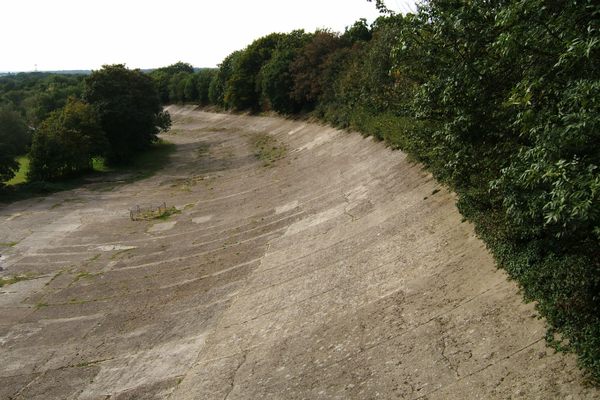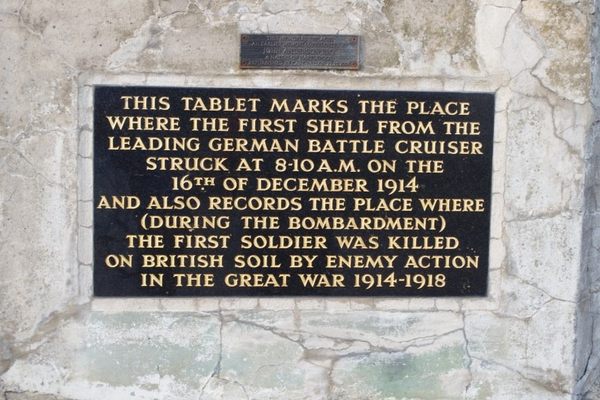About
The First World War may be a hundred years old, but repercussions of the "war to end all wars" are still keenly felt for the inhabitants of Flanders where farmers ploughing their fields routinely unearth unexploded shells, grenades, barbed wire, shrapnel, and remnants of the trenches.
In the Ypres salient in Belgium, where hundreds of thousands of men were thrown into some of the deadliest fighting on the Western Front, the British and Germans fired an estimated 300 million shells at each other which never exploded, and lie hidden under the now silent fields. The so-called Iron Harvest in 2013 alone unearthed over 160 tons of deadly artifacts. In fact there were so many recovered shells that the Belgian government created a daily pick up service where farmers could leave their deadly discoveries by the side of the road to be picked up, and safely delivered to a specialist bomb disposal service in Poelkapelle. Since the end of the war, over 260 people have been killed by disturbing unexploded bombs around Ypres alone, most recently in 2014 when two construction workers accidentally detonated a 100 year old shell.
But alongside the daily harvest of unexploded artillery, it's also commonplace for farmers and construction workers to unearth more gruesome discoveries. One such was on an industrial site in the village of Boezinge, just outside Ypres, where work was being done on the Ypres-Izer canal. Here in 1992 a section of the British front line was discovered, along with the remains of 155 soldiers. The trench had been dug and held by units of the 49th West Riding Division from Yorkshire in 1915, and was fiercely fought over for the next two years. The company official record stated that, "...frontline is in dreadful state. Line only held by a series of outposts disconnected from each other. Trenches mostly falling to pieces and drainage very different." It is thought that the majority of the 155 men who were found there died on the morning of July 6th, 1915.
When such a discovery is made the Commonwealth Graves Commission is called in to see if the remains can be identified. A team of archaeologists known as "The Diggers" then go to work to unearth and preserve the site. The trench has been left intact as it was in 1915, with sandbags, duckboards, fire-steps and loopholes. The trench system also has dugouts which in wet weather are still flooded, some reaching below ground to the depth of 30 feet. At this point of the line, the German front line trench was only 100 yards away.
Today visitors walking through an anonymous looking industrial estate in a small village in Belgium will find a poignant and moving reminder to the daily horrors of trench life in World War I and a living memorial to 155 young men who never returned to West Riding in Yorkshire.
Related Tags
Community Contributors
Added By
Published
October 21, 2013






































































